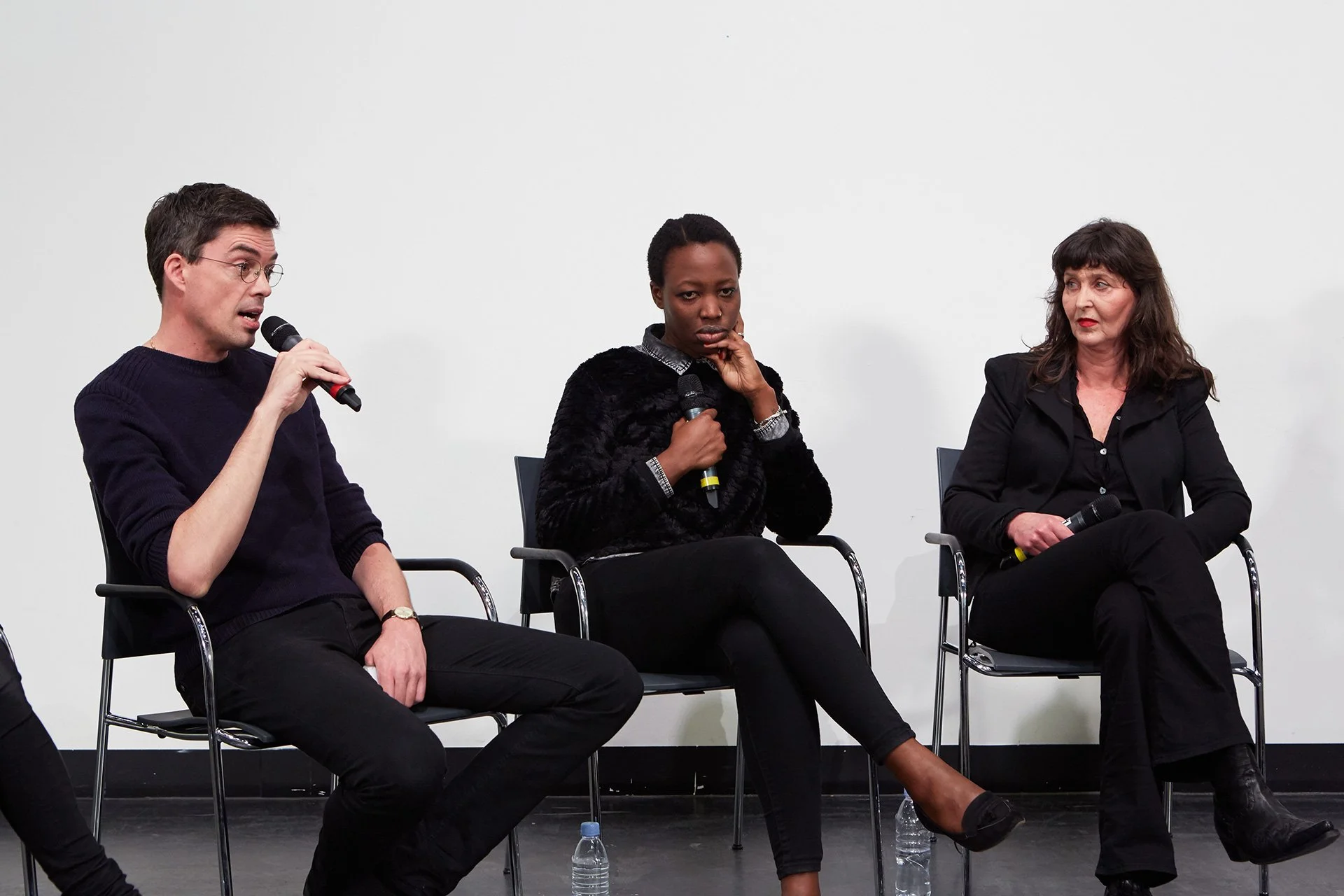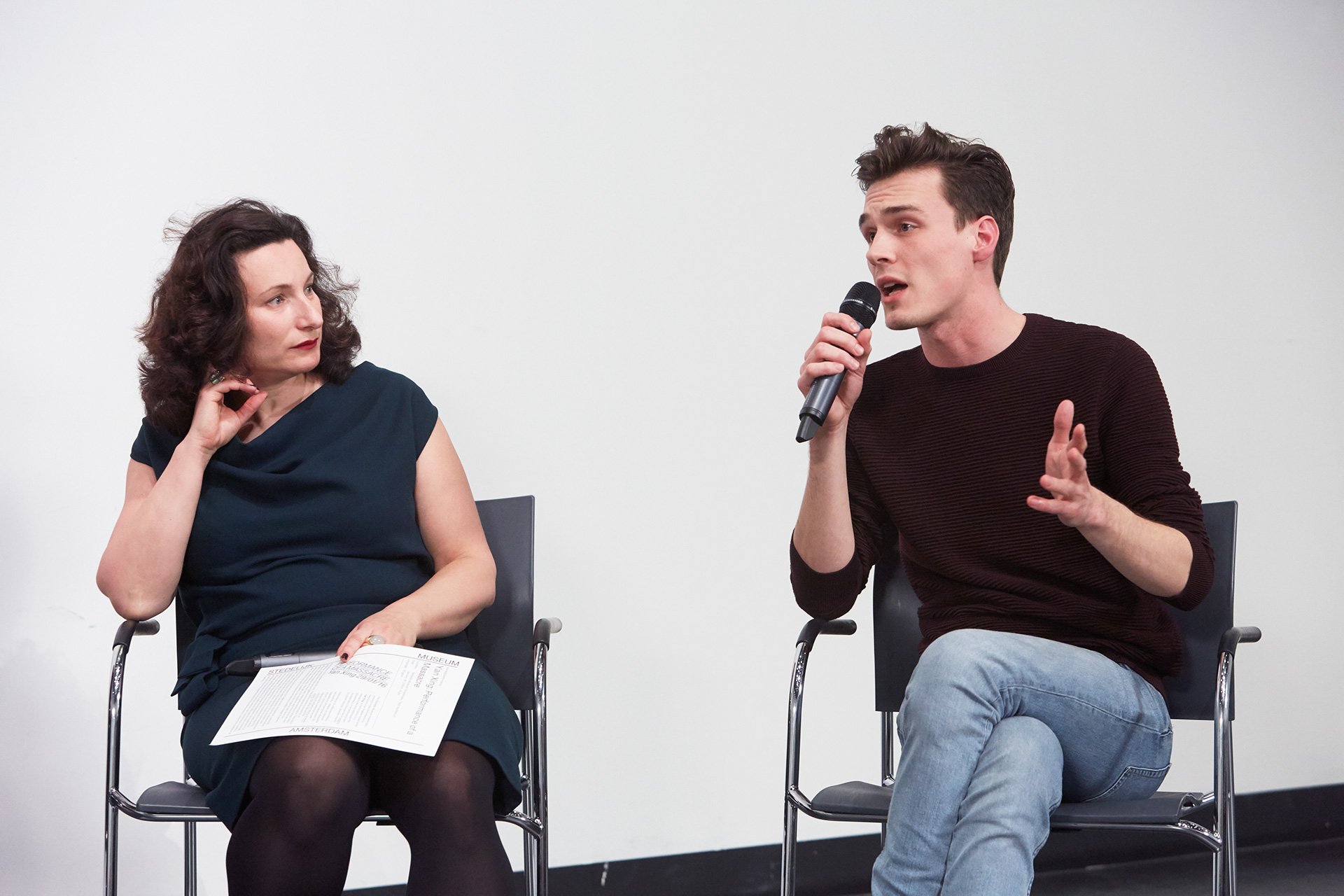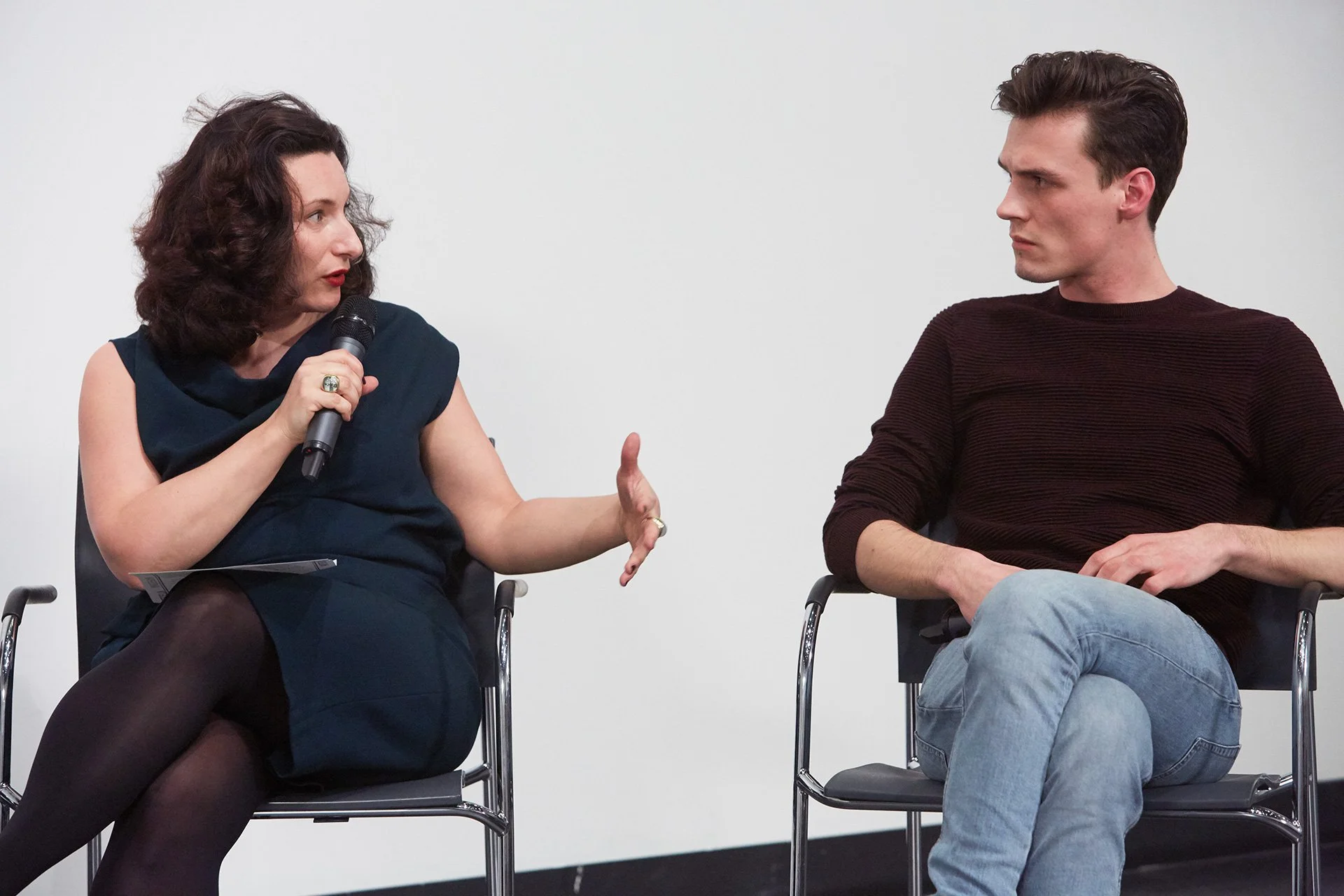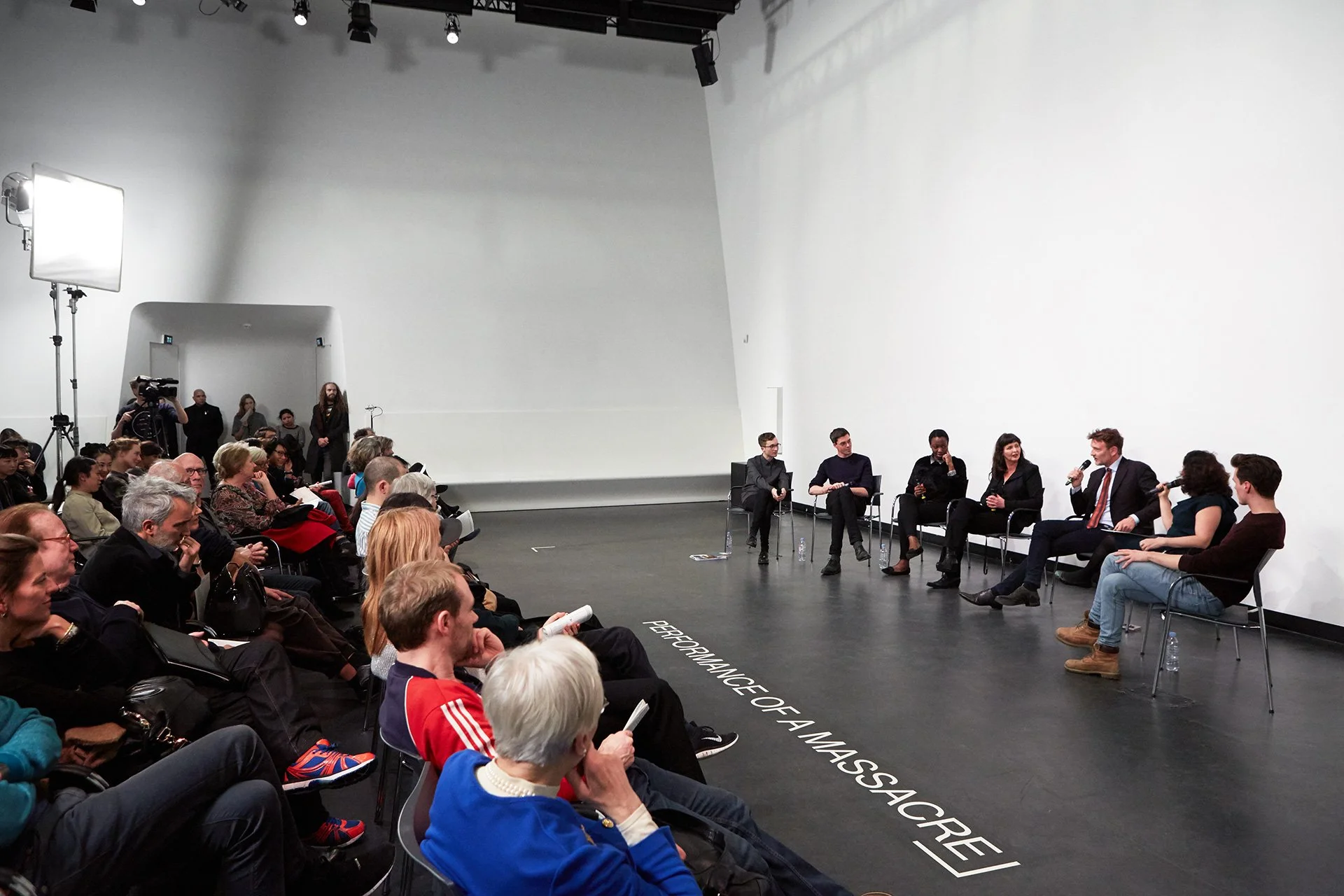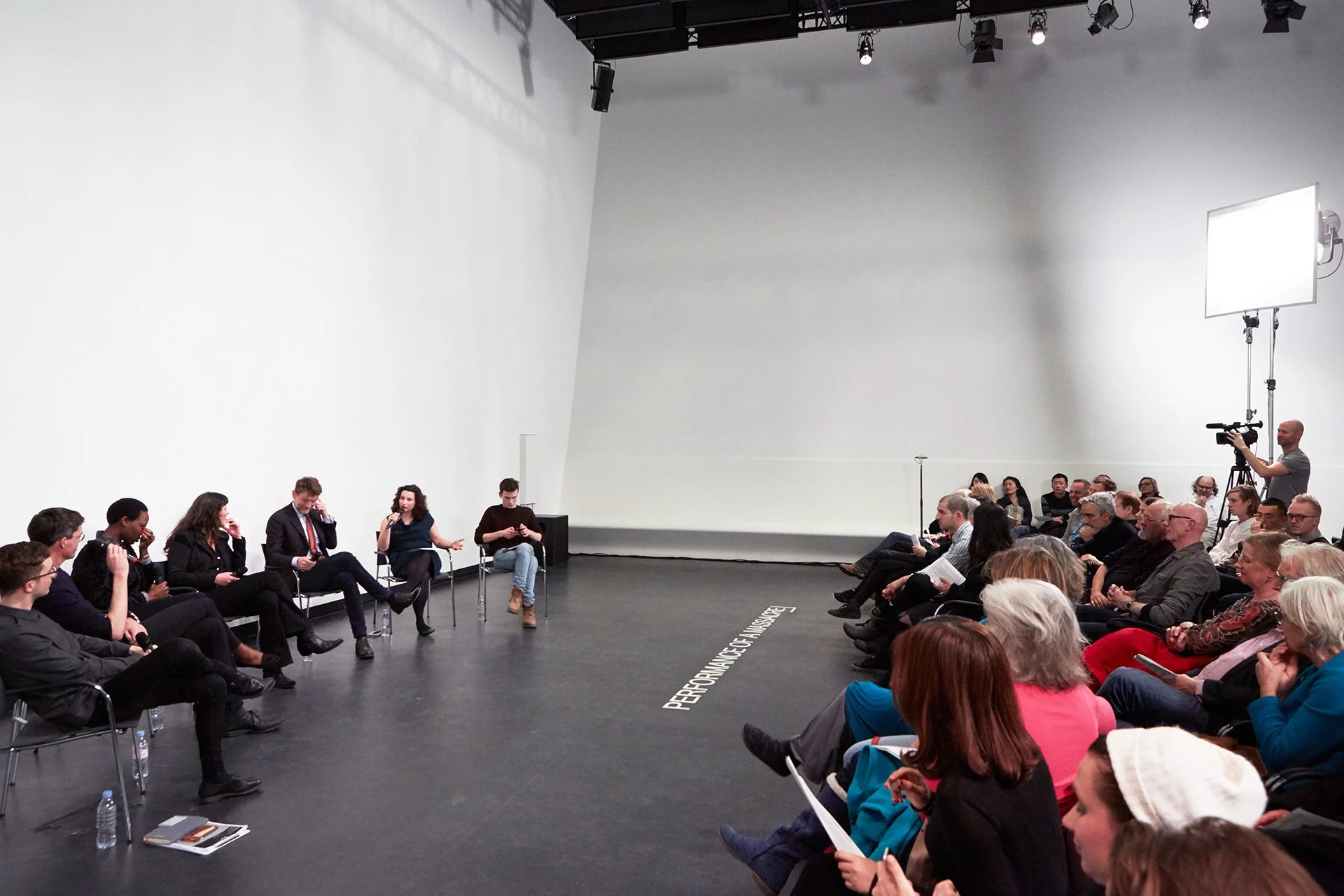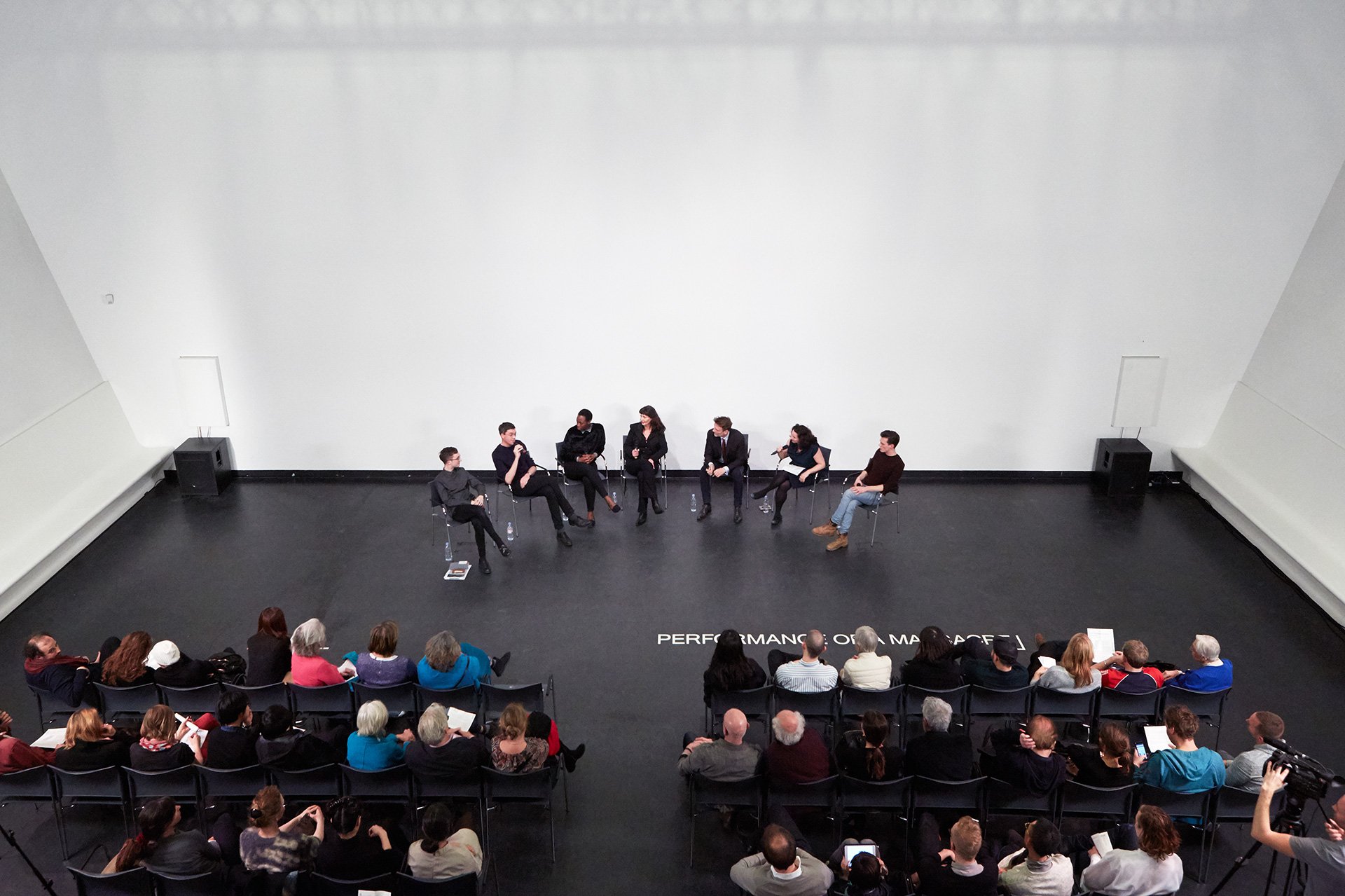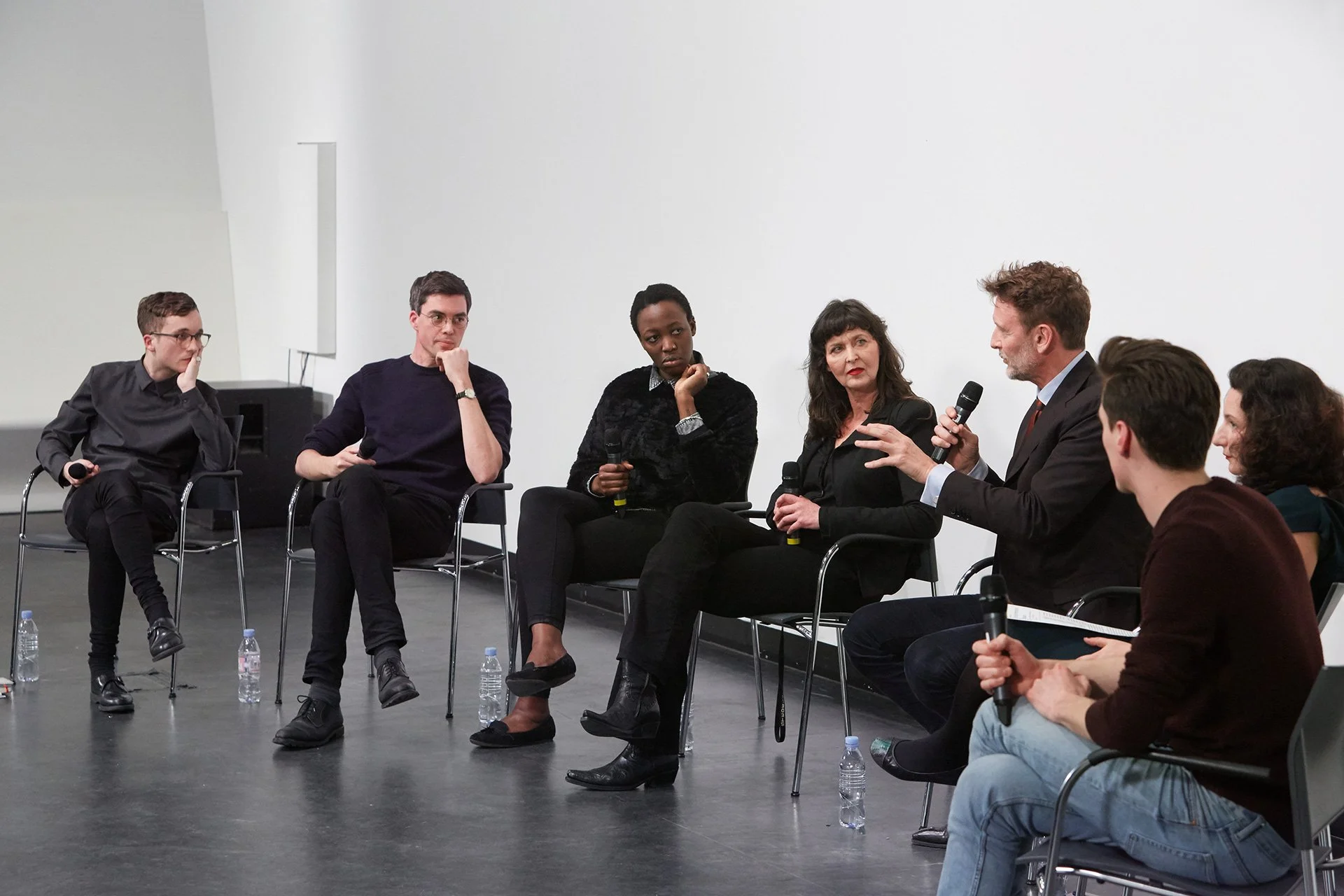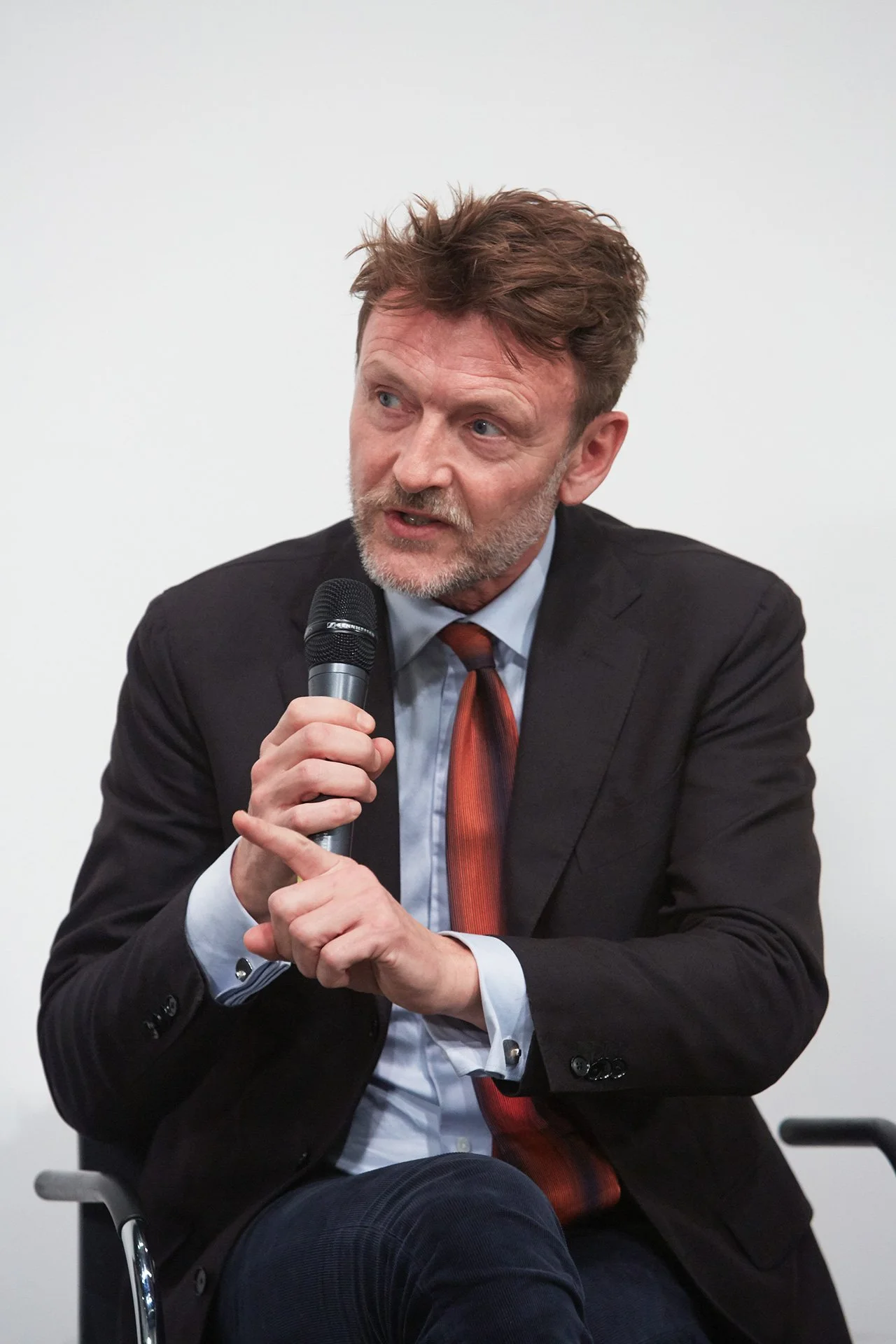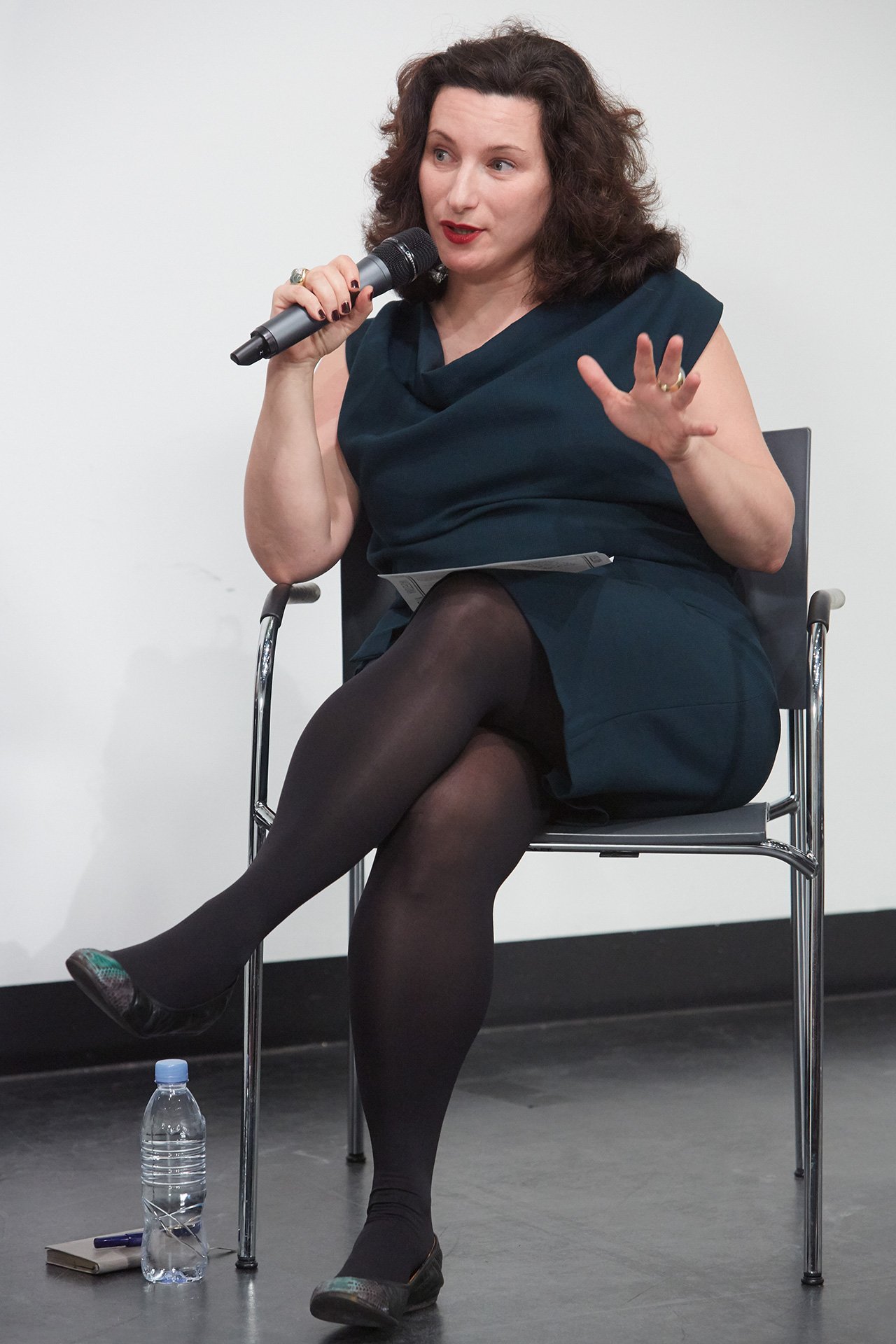🐖
🌾
🧈
🐖 🌾 🧈
Performance of a Massacre
2016
Performance view, Stedelijk Museum Amsterdam, 2016
Performance of a Massacre (2016) was initiated by former Stedelijk Museum Amsterdam curator Hendrik Folkerts (documenta 14, Kassel); Research curator: Britte Sloothaak (Stedelijk Museum Amsterdam); Producer: Henri Sandront (Stedelijk Museum Amsterdam).
Performance contributed by the following participants: Dr. Sophie Berrebi, Huib Cluistra, Bart van der Heide, Meinke Horn, Renée Akitelek Mboya, Robert-Jan Muller, Henri Sandront.
Yan Xing has repeatedly used accidental events to construct his scenarios. Here, according to a press release, a performance titled "The Performance of Massacre" was scheduled to be staged on January 29, 2016, at the Stedelijk Museum Amsterdam. It was to feature 37 performers. They would portray a group of high-school students from a nearby winter camp who had suddenly been caught in a massacre, panicked, and taken refuge in the museum. Here they would interact nervously and anxiously with the visitors and discuss the shocking massacre they had witnessed.
In reality, according to Yan Xing’s meticulous plans, the announced performance was never meant to take place. Instead, Yan Xing organized a symposium resembling a press conference centered about the “canceled” performance. Seven participants chosen to represent different groups of stake-holders gradually unveiled details of this never-implemented work in a highly contentious debate. The audience tried to imagine the “real” work from this substitute performance.
Yan Xing's performances often collaborate with real-life figures, for whom he tailors scripts. In this piece, curators, critics, journalists, and actors not only shared their insights on this never-held performance based on their own deep experiences in the art industry, but as they spoke, they also conveyed their increasingly firm commitment to the fictional event.
Yan Xing utilized the media to spread a lie and then reorganized the truth. Works like this deconstruct the mechanisms of institutional operations and hint at the overlap of reality and fiction. They discuss the complex interplay between art, power, and morality in a setting of ambivalence, controversy, and tension.
Video
—
Password Required

